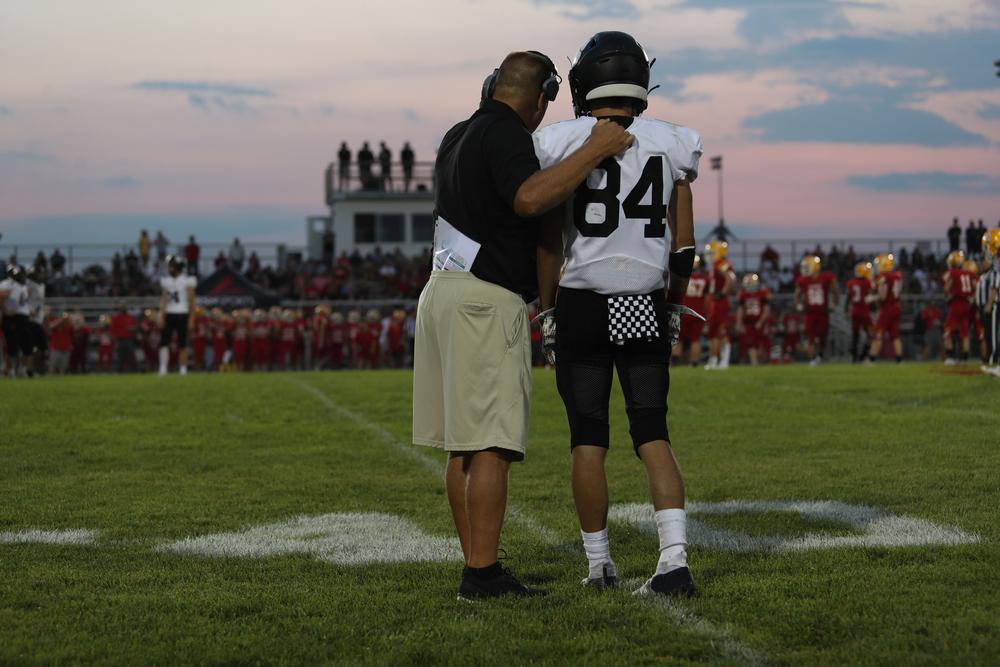 Content Warning: This article contains mentions of bullying.
Content Warning: This article contains mentions of bullying.
For National Bullying Prevention Month, TrueSport spoke with 12-year-old Jolay Reed to get her perspective on bullying. A seventh grader from North Middle School in Colorado Springs, Co., Jolay is an avid athlete who enjoys competing in both track and field and basketball.
For Jolay, the definition of a bully is someone who is mean and brings people down. “If there is an issue with bullying, I would go to my friends or teachers to help resolve a problem, or confront the person directly,” she says.
Unfortunately for kids like Jolay, bullying is widespread and can present itself in a myriad of ways. It can take the form of teasing a peer, spreading rumors, or any other action that may cause physical or emotional harm.
According to a 2015 study by the National Center for Educational Statistics, one out of every four students report being bullied during the school year. When it comes to youth sports, verbal and physical bullying are equally as common and can occur with not only teammates, but unfortunately, with coaches as well.
Luckily, bullying isn’t an issue with Gerald Freeman, track and field head coach at Jolay’s school. “My athletes will stand up to bullying and confront the issue firsthand,” said Freeman. A proponent of TrueSport, Freeman works hard to make sure that each of the parents and assistant coaches set the right example for the girls.
Jolay’s sport experiences motivate her to train hard, never cheat, and to always treat everyone with respect. “Not only does Jolay excel on the playing field, she is truly an inspirational ‘cheerleader’ for the entire girl’s track and field team,” said LaDonna Reed, Jolay’s mother. Jolay also told TrueSport, “If one of my teammates don’t perform well, I like to cheer them up and give them ways to help them improve in the future. I cheer for all of my teammates because it’s good to be nice to everyone.”
One of Jolay’s classmates used to be a bully and pick on her and other friends. According to the Center for Disease Control, students who bully others are at increased risk for substance use, academic problems, and violence later in adolescence and adulthood. With Jolay’s influence, that classmate eventually changed her ways and stopped picking on kids. “I told her the only way we could be friends is if she stopped being a bully,” said Jolay proudly.
—
Standing up to bullies is not an easy task, but we can all learn from Jolay. Her positive attitude and uplifting spirit allow her to prevent bullying on both the playing field and in the classroom. So next time you are brought face-to-face with bullying, remember, you too can be a TrueSport, like Jolay, and stand up to bullying in your school, team, and community.



